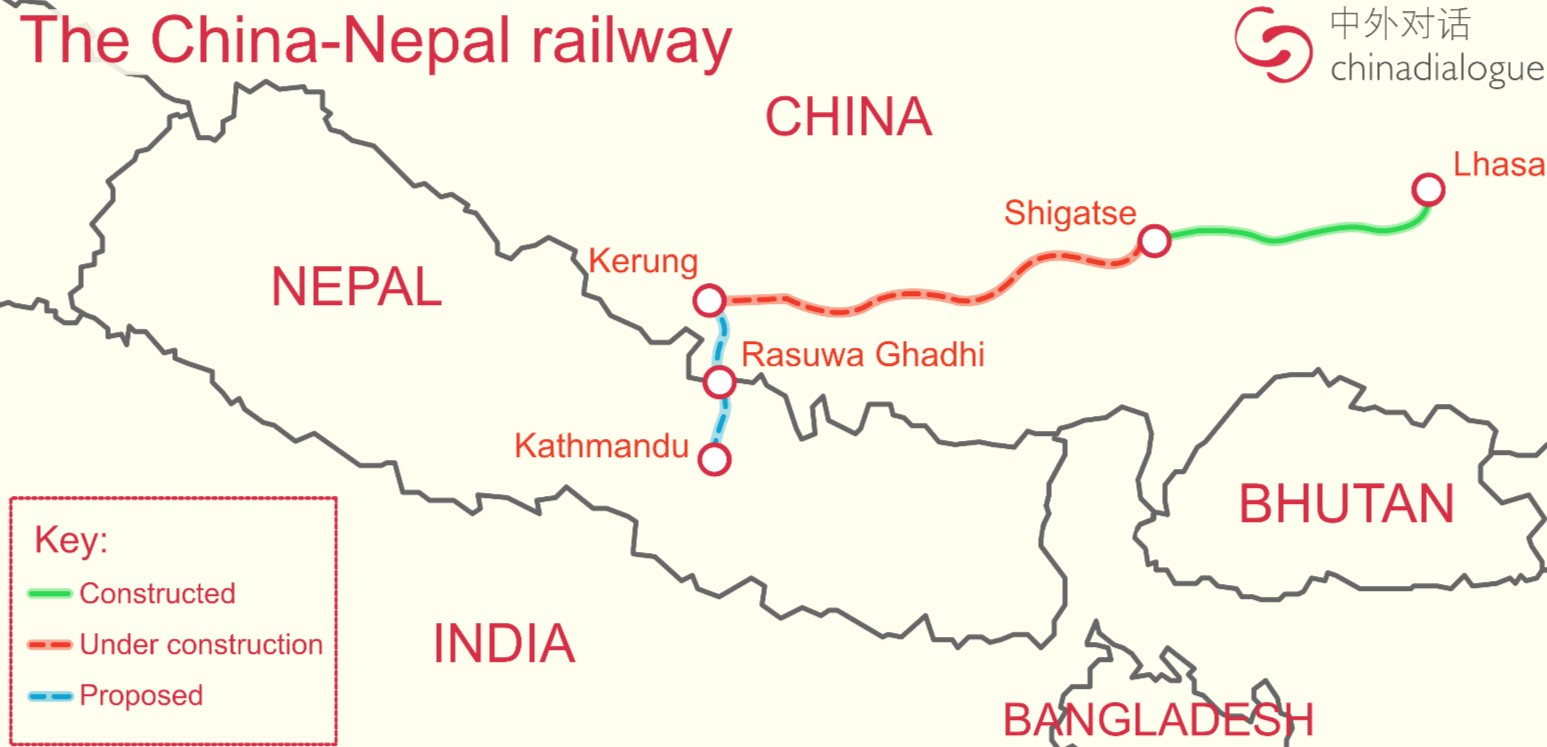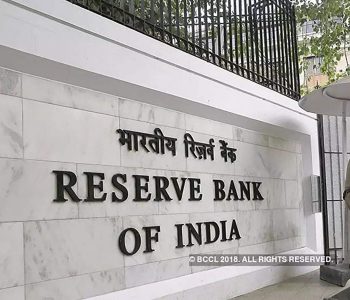Chinese technical team visited the location to examine the cross-border railway

KATHMANDU: The technical team from China that was sent to examine the viability of the railway connecting Kyirong and Kathmandu has left the country. After spending three weeks in Nepal, the crew obtained knowledge on how to conduct a feasibility study, the country’s geography, and other topics from the railway department’s engineer.
The team visited Rasuwa on December 25th and 26th and returned after seeing the study location. The department’s Director General, Rohit Bisural, stated that the technical team that came for the study travelled to Beijing three days before the Chinese New Year.
Until the technical team arrived, there was confusion. But there is no longer any doubt; the research has begun “He stated. “The technical team has returned after inspecting the study location. The research will resume after the Chinese New Year celebrations. In the second week of February, the technical team will return to Nepal. “Now the work of seeing the place has been completed,” he said, “which took two days to get the general information of the project area, for which the technician had reached Syafrubensi, Dhunche, and Rasuwagadhi.”
Along with the Chinese team, Railway Department Director General Bisural, senior divisional engineer Aman Chitrakar, and other officers arrived in Rasuwa. On December 12, a Chinese technical team arrived in Kathmandu to investigate the feasibility of the railway.
Although the financial model for the two countries’ railway construction has not been determined, the Chinese government has promised to cover the entire cost of the feasibility study. Six people from the China Railway First Survey and Design Institute Group came to conduct technical research.
Despite the fact that the railway has been discussed for quite some time, no further progress has been made. According to preliminary estimates, the feasibility study will take 42 months to complete.
Despite promises to study the feasibility of the railway two years ago, the Chinese technical team was unable to visit Nepal due to Covid. Only preliminary issues were raised in the previous feasibility study, and it is expected that the feasibility study will finalise the actual distance of the railway, tunnel, cost, height of the bridge, stations, and other issues.
Last March, it was agreed to conduct a feasibility study on the Kathmandu-Kerung railway. During Chinese Foreign Minister Wang Yi’s visit to Nepal in March, a memorandum of understanding was signed between high officials from the two countries for a quick study.
The two countries’ top officials agreed on this. However, the Chinese team did not attend the study. The railway’s pre-feasibility study was completed in 2075 BS.
During Chinese President Xi Jinping’s visit to Nepal in October 2016, it was agreed to begin the feasibility study. At the time, top officials from both countries were eager to begin construction on the railway. “Now that the technical team has arrived at the site of study, the work of study will accelerate,” Bisural said.
According to preliminary research, 98 percent of the 72-kilometer railway from Rasuwagadhi to Kathmandu will be cut through hills. During a press conference last May, the then-Chinese ambassador to Nepal, Hou Yanqi, stated that studying the feasibility of a train between Nepal and China could take 5 to 6 years.
Yanqi stated in an interview with the Chinese government affiliated media “Global Times” in the first week of April that the preliminary study indicates that it will cost an estimated 3.7 billion to build the tunnel per km. The cost of building the railway is estimated to be 2 trillion 71 billion 368 million rupees. However, nothing has been said about the cost and time required for construction.
“Because the first preliminary study was just that, not much could come out,” he explained. According to the Railway Department, its report will be ready in five months. According to the survey, the railway will cost 3 trillion 20 billion rupees to build.














Facebook Comment